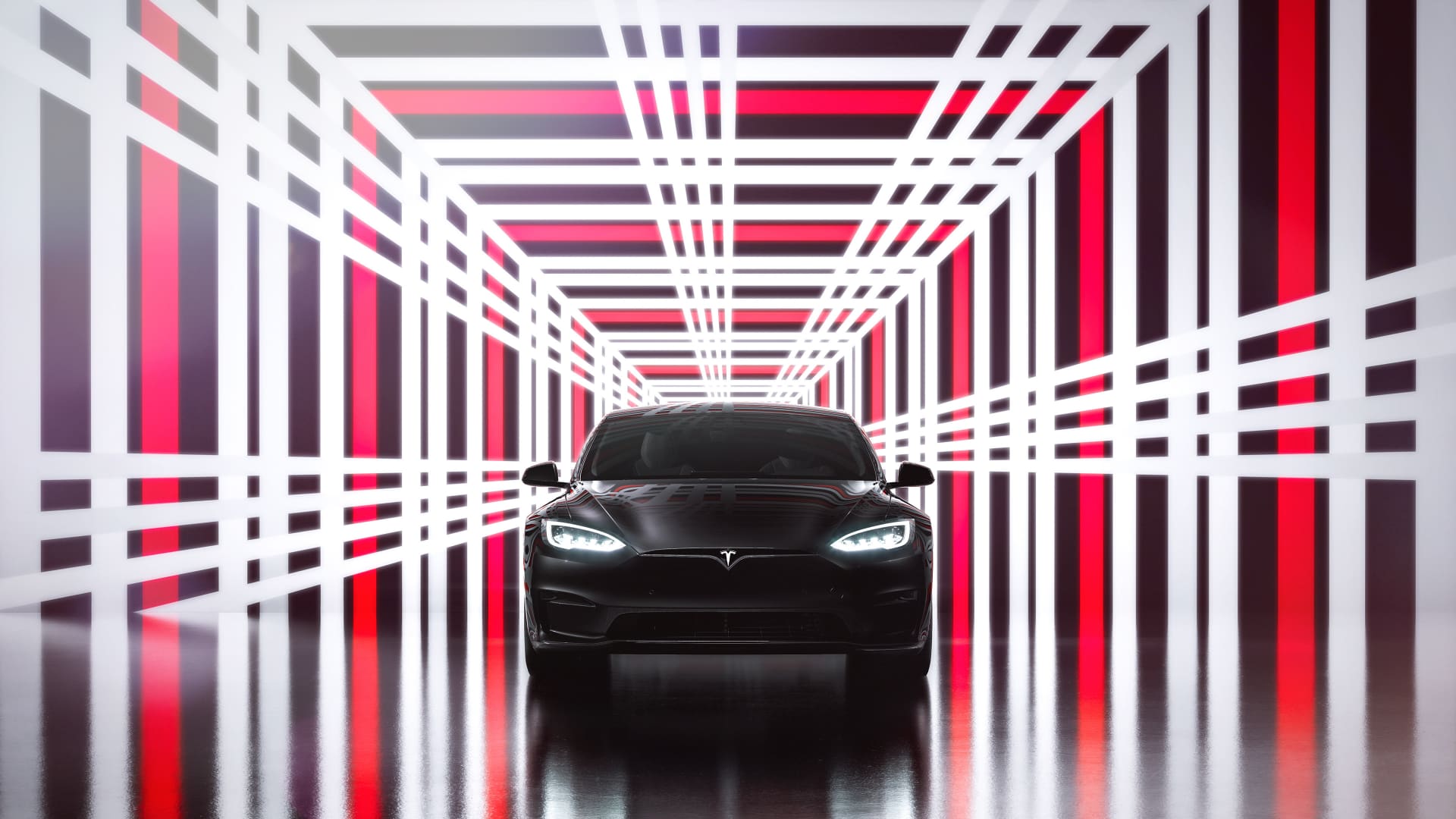I get your point, thanks. Ya the extra HP doesn't make it that much heavier or more "impactful", but reaction time comes into play and that's measureable. It could be that I freaked on someone predicting a 3,000 HP Roadster, someday. Aren't tires the weak link at some point? Seems pointless after a while as we seem to be up against a local maximum with 0-60 in 2 sec on the Plaid and Roadster.
Ahem.
There was an accident, I think roughly a year ago, involving one of the actors who was in the Fast and Furious franchise. He and his passenger were dead, dead, dead after the Extremely Sporty Car the actor was driving went out of control and wrapped itself thoroughly around a tree somewhere in California. The road was, I think, a somewhat curvy road through a manicured industrial district, on the flat, I think.
Interestingly, either the anti-skid had been disabled or the car didn't have it (can't remember which), the better to do 4-wheel drifts through turns until, of course, the road turned but the car didn't. Comments by disinterested observers of this type of car reported that, if memory serves, "Only extremely skilled drivers should be driving this car; it's dangerous for others to even try." Yes, the car had an Extremely Good Suspension and Handling; but it also had Supercar-style horsepower that, with a bit of light pushing around on the accelerator, would break traction on the driven rear wheels without any trouble whatsoever.
Which brings the S.O. in the house to the fore. She happens to be a Human Factors engineer; one of those people who design systems and machines to work with humans. You know - humans who have reaction time, psychology, muscle strength, eyeballs, and all that jazz. Being around her has sensitized me to the issues.
The field was founded back in the early days of WWII when Too Many Airplanes Were Crashing. In those airplanes, it wasn't just that different manufacturers were putting different gauges in different places, or had levers that did things that ran opposite to how other manufacturers did things, so that muscle memory learned on one aircraft would get one dead on another. That was bad enough: But other things.. Like how fast and under what circumstances the airplane would move when the ailerons/rudder/elevators were incompatible with how and how fast, or slow, humans could react. It is very definitely possible to build an aircraft that, despite having controls in all the right places, is dangerous as all get-out for a human to drive.
In fact, as an aside, we all know of a vehicle exactly like that: It has been stated, multiple times, that the late, lamented space shuttle of NASA fame was impossible to fly from orbit to the ground without letting the Computer Do It. Humans are simply not capable of being part of the direct control loop. At least, with the Space Shuttle.
So, back in WWII, physiologists, medical doctors, psychologists, physicists, mechanical engineers, and aeronautical engineers collaborated upon the problem and came up with recommendations and standards. As a result, airplanes became slightly safer to fly around. (This was WWII, after all). But those standards about instrument and control placement are followed to the present day. Nowadays, specialized engineers of the Human Factors type get involved in the design, early on. And, yeah, the coursework they take is somewhat eclectic; they're usually grouped as a subspeciality of Industrial Engineering.
So, just like it's possible to build an airplane to Not Be Usable By Humans, it is very definitely possible to build a car that is difficult, impossible, or just plain dangerous to put a human inside. I would hazard that things just Happening Too Darn Fast would be the first problem; but, under the folder of, "What could possibly go wrong?" things happening too slow, or with too much delay, coupled with other things.. it can get bad, in a hurry.
There's Reasons an M3P rigged for track mode has to go through lots of steps to disable the anti-skid and, normally, "regular" Teslas, all of which have serious horsepower available, drive around with anti-skid up and operating. Putting a 900 HP motor in a car? Um. In Elmer Fudd mode, "Be Wery, Wery Careful."
First off: 900 HP at speed = 0 is likely to break traction right off. So, the HP has to be reduced, lots. As the speed increases, more of the power from the car goes to pushing air out of the way; at some velocity, say, 600 HP might be going to pushing air, then 300 HP to the tires. Um. How much HP would break traction at, say, 100 mph? 150 mph? Does the full 900 HP ever actually get
used? If not, then why have it there? And then there's the questions about driveability, as in that late lamented actor/driver. You get the idea.




